So, you’re a fantastic stylist, barber, or esthetician here in beautiful British Columbia, right? You’re busy creating amazing looks and building up a loyal following. But have you ever really stopped to consider your actual legal and tax status in the salon? Are you an employee, or are you truly an independent contractor – essentially your own boss, even if you work in someone else’s space? This isn’t just about semantics; it’s a huge deal. It impacts your earnings, your rights, your responsibilities, and even the salon owner’s legal obligations. Mess it up, and you could be looking at major headaches, nasty fines, and shocking tax bills for everyone involved. Let’s get this straightened out so you can work with total peace of mind.
Beyond the Chair: Why Your Work Status in BC Matters More Than You Think
Your work in the beauty industry is all about creativity, dynamic interactions, and making clients happy. But behind that fabulous façade, the way your working relationship is set up carries some serious weight. And it’s not just for you; it’s crucial for every salon and barbershop owner across BC.
Why it really matters for you and your salon owner
For stylists, your official classification touches everything. We’re talking about how your taxes get paid, whether you can access benefits like Employment Insurance (EI) or the Canada Pension Plan (CPP), and even your basic employment rights under BC’s labour laws. Are you actually entitled to things like vacation pay, statutory holidays, or notice if your job ends? Your status holds all those answers.
For salon owners, misclassifying someone can be a financial nightmare. We’re talking about potential back-payments for payroll taxes, EI, CPP, and WorkSafeBC premiums. On top of that, there could be hefty penalties and fines from both the Canada Revenue Agency (CRA) and the BC Employment Standards Branch. Trust us, no one wants to deal with that! Understanding the rules isn’t just smart; it’s your best defense.
When Things Go Wrong: The Costly Fallout
Picture this: The CRA suddenly demands years of unpaid CPP and EI contributions from you, or the Employment Standards Branch rules that you owe a supposed “independent contractor” thousands in back pay and vacation. These aren’t just scary stories; they’re real situations that happen. Remember, misclassification isn’t about what you intended; it’s strictly about the actual working relationship. And believe us, the authorities don’t mess around when they make their assessments.
Employee vs. Contractor: So, How Do the CRA and BC Labour Laws Define It?
Alright, so how do Canada’s tax collectors and BC’s labour watchdogs figure out who’s an employee and who’s an independent contractor? It’s definitely not just a label you get to pick for yourself. Instead, they dig into the reality of the relationship, using a specific set of factors to guide them.
The Big Four: Control, Tools, Risk, and Opportunity
While there isn’t one magic “gotcha” test, both the CRA and BC’s Employment Standards Branch meticulously examine several key areas to make their determination. Let’s break them down:
- Control: Who’s really calling the shots? Who decides what work needs doing, how it gets done, where, and when? Generally, an employee’s work is directed by an employer. A contractor, however, usually enjoys much more freedom and autonomy. Are you told exactly what to do, or do you decide your own methods?
- Ownership of Tools and Equipment: Who’s providing the major tools, equipment, and supplies essential for your work? If you’re an employee, your boss often supplies these. If you’re a contractor, you’re typically bringing your own gear to the table. Think about your scissors, your products, your booking system. Whose are they?
- Chance of Profit/Risk of Loss: Do you stand to gain from making smart business decisions, or could you lose money if things go poorly or your expenses go up? Contractors inherently carry this financial risk and the opportunity for greater profit. An employee usually receives a set wage regardless of the business’s day-to-day fluctuations.
- Integration: How deeply are you integrated into the core operations of the business? Are you seen as a fundamental part of the salon, or are you more like an outside specialist providing a service to the business? Are you treated as a key team member, or a separate business operating within a space?
These factors aren’t necessarily weighed equally, and it’s always about looking at the entire picture. The courts and regulatory bodies frequently apply what’s called a “totality of the circumstances” test.
This stuff can be incredibly complex, and getting it right is absolutely vital for your peace of mind and financial security. Don’t leave your status to chance! If you’re a stylist or salon owner in British Columbia, and you’re unsure about your employment classification, it’s crucial to get professional advice. A qualified accountant can help you navigate these tricky waters, ensure you’re compliant, and help you avoid those potential penalties.
Ready to gain clarity and confidence in your business? Contact Your Modern Accountant today for expert advice! We’re here to help you get it right.

